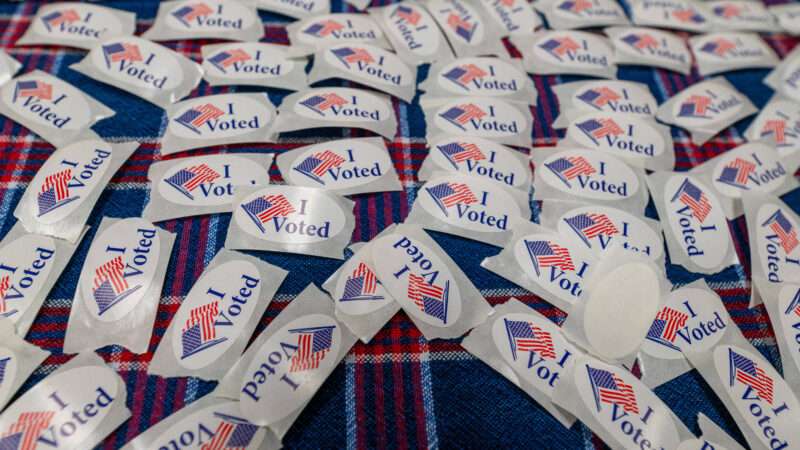
All votes count equally but not all votes are counted the same.
That’s why the outcome of key races might not be known until days after this week’s Election Day.
In two swing states—Pennsylvania and Wisconsin—election workers are prohibited by state law from processing absentee and mail-in ballots until Election Day. More than 2 million voters in Pennsylvania have requested mail-in ballots this year, and more than 80 percent have already been returned. In other states, those returned ballots would be getting opened, verified, and counted already—and those totals would be quickly reported once the polls closed. In Pennsylvania, however, that won’t happen.
The same thing is true in Wisconsin, where about 500,000 mail-in ballots have been requested. If either state’s presidential election is close, which seems likely, it will likely be impossible to declare a winner on Tuesday. And if either state is critical to determining the overall winner, which also seems possible, the outcome of the election may remain uncertain for several days.
Pennsylvania Secretary of State Al Schmidt, a Republican, told NPR two weeks ago that it is unlikely that a winner will be determined before the clock strikes midnight on Election Day.
That’s what happened in Pennsylvania (and other states) four years ago. Joe Biden led briefly on election night, but Donald Trump pulled ahead as more votes were tabulated. In the days following the election, as the piles of mail-in ballots were counted, the Keystone State swung back toward Biden, who ultimately won the state by about 80,000 votes.
On its own, that delay is not evidence of fraud by voters or election workers. Processing mail-in ballots takes longer than counting in-person votes—each ballot has to be opened by hand, verified, and counted. States like Pennsylvania should be better prepared to do that than they were in 2020, but it still takes time.
“Our elections have never been more safe and secure with a voter-verified paper ballot record of every vote that’s cast in every election,” Schmidt told Pittsburgh magazine this week. “I have no concerns about the accuracy of the process, and then if any issues did arise, then they would become immediately apparent.”
Indeed, it takes weeks for the results of the election to be made official. That happens only after precinct, county, and state officials, in turn, verify tallies, conduct audits, and certify the results.
Still, having quick and accurate unofficial counts on Election Day itself helps to head off claims of malfeasance. That’s why the smart thing to do is allow election workers to get a head start on mail-in ballots received prior to Election Day. In Florida, for example, processing of mail-in ballots begins weeks before Election Day, and the state has become an exemplar for reporting fast, accurate results while also giving residents a lot of flexibility in how they cast their votes.
Arizona and Nevada are two other crucial states where results could take a while to come in—even though both states allow mail-in ballots to be processed before Election Day. One big hurdle in Arizona is the length of the ballot itself, which means more time is needed to record the results on each ballot. Nevada, meanwhile, allows mail-in ballots to count if they are received within four days after the election (as long as they are postmarked by Election Day).
One final state to keep an eye on is North Carolina. A change in state law this year means that in-person early votes cannot be tabulated until the polls close on Election Day. State officials are warning that the change could delay the reporting of vote totals in some counties—though results that include the early vote should be reported by midnight on Election Day, according to the North Carolina Department of State.
Back in Pennsylvania, it’s been partisan politics that has stood in the way of speeding up the vote-counting process. After the delays that plagued the 2020 election, a bipartisan state commission recommended changes to allow counties to pre-process mailed-in ballots that arrived before election day. A Democrat-backed proposal to do that was blocked by Republicans in the state Senate. Previously, a voter ID bill that also included a five-day pre-processing period was vetoed by then-Gov. Tom Wolf, a Democrat.
Those dueling proposals, and their failure to become law, means that residents of Pennsylvania (and perhaps all Americans) will face another potentially agonizing wait to see which candidate has won the presidency (and perhaps control of the U.S. Senate too).
When those delays inevitably arrive, keep in mind that it’s likely not due to voter fraud or incompetent election workers. Rather, it is politics and politicians—likely some of the same ones who will seize on the delay to spread wild theories about rigged contests—that are to blame.
The post Why Results From Some Swing States Could Take Days appeared first on Reason.com.





